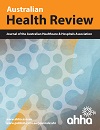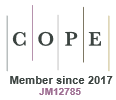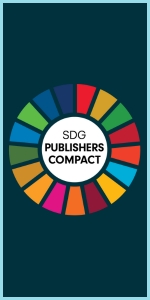AH24261Prevalence and characteristics of potentially avoidable unplanned readmissions: a retrospective cohort study
 , Isuru Kariyawasam Batuwaththagamage, Billingsley Kaambwa, Richard Woodman, Chris Horwood and Campbell Thompson
, Isuru Kariyawasam Batuwaththagamage, Billingsley Kaambwa, Richard Woodman, Chris Horwood and Campbell Thompson
What is known about the topic? Unplanned hospital readmissions are common indicators of healthcare quality, but limited data exist on potentially avoidable unplanned readmissions (PAURs). What does this paper add? This study found that 21% of readmissions were potentially avoidable, with key contributors including relapse of the initial condition, treatment complications, and poor follow-up. What are the implications for practitioners? Reducing PAURs may require a multifaceted approach, including better discharge summaries, assessment of patient readiness, coordinated follow-up, and use of patient education strategies such as teach-back methods.




